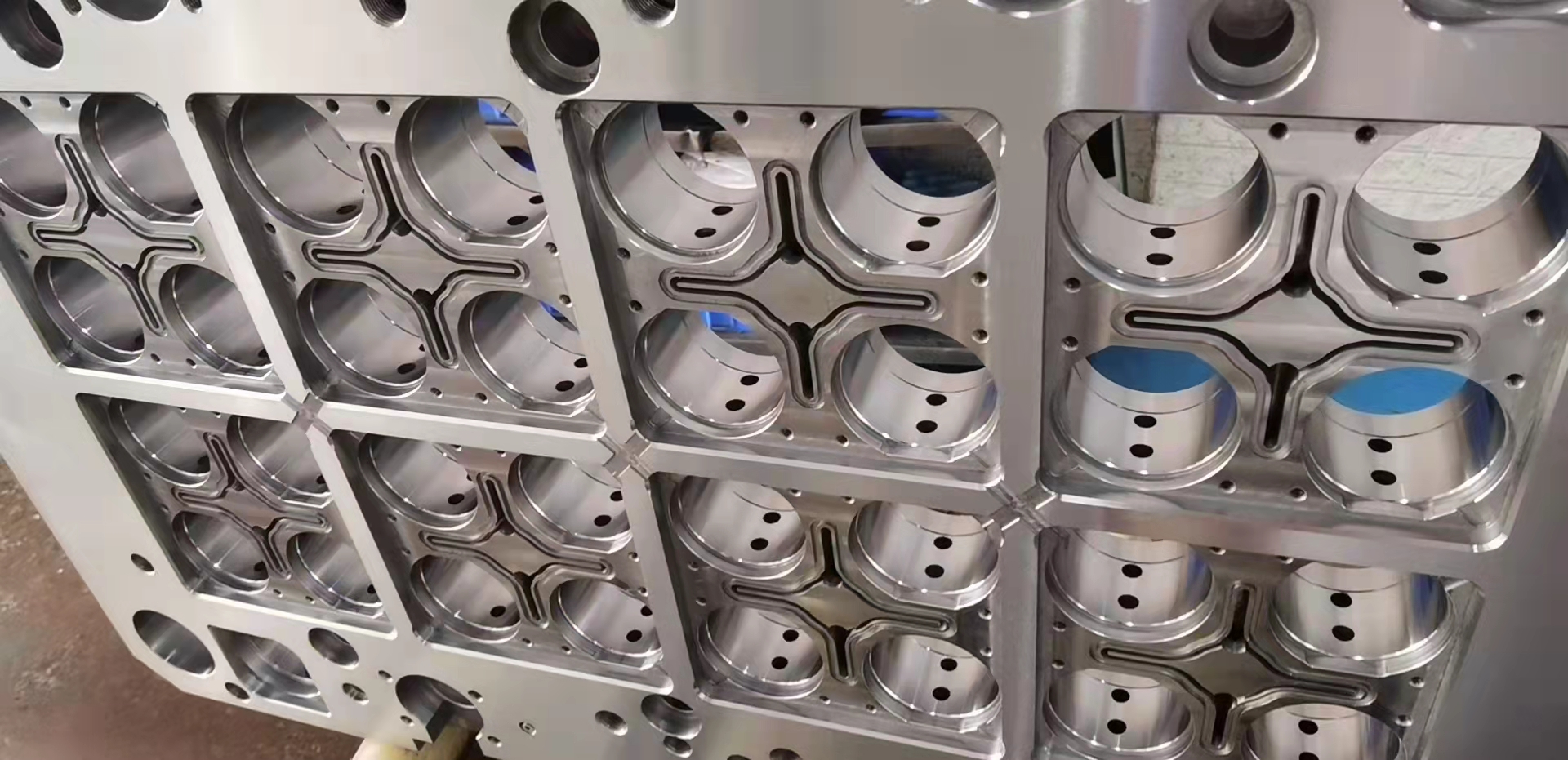
According to the hardness of the mold forming part (mold core), the mold can be divided into soft mold (Pre-hardened Mold) and hard mold (Hardened Mold). The hardness of soft mold core is generally below 42 HRC, and the hardness of hard mold core can reach above 45 HRC.
How soft and hard molds are selected usually depends on several factors, including cost, material, volume required, and use. It is important to choose the right injection mold manufacturing solution to create a product that looks, feels and functions as intended.
The characteristic of the hard mold is its high hardness, so compared with other molds, its service life will definitely be longer. Because of this advantage, users can increase the profit of plastic parts through the output of plastic molds. Since its performance is different from ordinary plastic molds, its processing technology should also be different from other plastic molds.
Taking into account its special requirements in terms of hardness, the first process of the hard mold is rough machining, so that the surface allowance of the product is a few millimeters. Then heat treatment is carried out, and finishing can be carried out after cooling for a period of time, which shows that the technical difficulty is still relatively high.

In general, injection molds are mostly soft molds, which are made of pre-hardened steel. The mold steel can reach a high hardness (27 ~ 42 HRC) when it leaves the factory, and can be directly machined. After the processing is completed, no ordinary heat treatment is required. Putting it into production can speed up the progress of mold making and reduce the cycle of putting into use. If you need to continue to strengthen the surface hardness of the mold, you can also consider chemical heat treatment processes such as nitriding the mold after the mold is processed.

However, in the process of using the mold, the nitride layer (0.15-0.2 mm) is easy to wear, and the produced products have defects such as uneven surface and scratches. In order to ensure the appearance of the product, polishing treatment is required to accelerate the wear of the nitride layer. When the nitride layer is completely worn out, polishing the mold core cannot guarantee the appearance quality of the product for a long time.
In addition, due to the low hardness, the parting surface of the mold is not pressure-resistant, and there will be a collapse situation, resulting in the unrealistic sealing of the parting surface and the occurrence of flash and burr defects. The mold steel used in the hard mold is annealed, and the mold core is processed after completion After quenching, the hardness can reach above 48 ~ 52 HRC. Depending on the quenching process, the depth of the hardened layer can reach several millimeters to several tens of millimeters. Within the allowable range of the product wall thickness, the hardness changes very little, which can ensure that the long-term wear is small and the effect remains unchanged after multiple polishing.

Comparison of processing technology of hard mold and soft mold
For soft films, the processing process is generally roughing → finishing → mold matching → polishing, etching, etc. (→ nitriding) → post-processing. Remarks: Forming auxiliary holes such as water channels can be processed during rough machining, or can be processed after the mold is completed.
The corresponding machining process of the hard mold is rough machining → semi-finishing (surface treatment) → quenching heat treatment and hardening → finishing → mold matching → polishing, etching, etc. (→ nitriding) → post-treatment. Remarks: Forming auxiliary holes such as water channels must be processed before heat treatment.
Application of injection mold
The biggest feature of the hard mold is its high hardness on the surface of the mold, long mold life, and some parts with large output can use the hard mold to reduce the input product ratio and improve product quality. However, there are also risks. First of all, the hard mold is used. The steel needs to be rough processed and then quenched twice. There is a risk of fracture during the heat treatment, especially in thin iron or similar structures. Secondly, for the complex structure of the parts, the hard mold is used, and there may be a risk of damage to the mold during the actual production and use of the mold, and the damage to the mold cannot be repaired.
Got a question about plastic mold manufacturing, Contact us and one of our Project Managers will be in touch.
Email: info@chapmanmaker.com
Post time: Feb-19-2022
